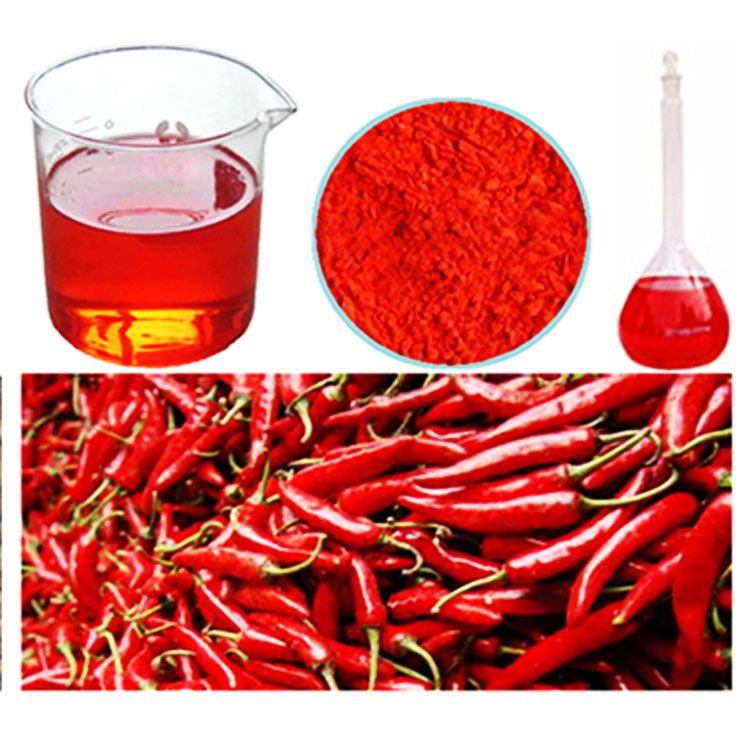- No. 268 Xianghe Street, Economic Development Zone of Xingtai city, Hebei 054001 China
- Byron@hbhongri.cn
Current Trends in Capsicum Oleoresin Pricing and Market Analysis
The Pricing Dynamics of Capsicum Oleoresin An In-Depth Analysis
Capsicum oleoresin, derived from the fruits of Capsicum species like bell peppers and chili peppers, is a natural extract that has gained significant importance in various industries, particularly in food, pharmaceuticals, and cosmetics. This concentration of flavor and color carries a myriad of health benefits and is primarily composed of capsaicin, the compound responsible for the distinctive heat and flavor associated with peppers. As consumer demand escalates, understanding the pricing dynamics of capsicum oleoresin becomes crucial for stakeholders involved in its production and marketing.
1. Factors Influencing Capsicum Oleoresin Pricing
Several key variables influence the price of capsicum oleoresin. Firstly, raw material availability is paramount. The production of oleoresin is directly linked to the cultivation of peppers, which are sensitive to climatic conditions. Unfavorable weather, such as droughts or excessive rainfall, can severely affect pepper yields, leading to a direct impact on oleoresin prices. Moreover, the global trend toward organic and sustainably sourced products has prompted many farmers to adopt organic practices, often resulting in lower yields and higher production costs, which in turn affect market prices.
Secondly, manufacturing processes also play a critical role in pricing. The extraction and processing of capsicum oleoresin require specialized technologies, which can be cost-intensive. Factors like extraction efficiencies, solvent recovery rates, and production scales can greatly influence cost structures. Companies investing in advanced extraction technologies or adhering to stricter quality standards may incur higher operational costs, reflecting in the final price of oleoresin.
The demand for capsicum oleoresin has seen a significant surge in recent years, largely driven by the booming food and beverage sector. As consumers seek natural and clean-label products, manufacturers are increasingly incorporating capsicum oleoresin as a flavoring agent and natural colorant. The growing awareness of health benefits associated with capsaicin, such as anti-inflammatory properties and metabolism enhancement, further fuels this demand. Additionally, the oleoresin finds applications in the pharmaceutical industry for pain relief creams and dietary supplements, propelling its market growth.
E-commerce platforms and globalization have also expanded market access for capsicum oleoresin, leading to increased competition among suppliers and potential price fluctuations. New entrants in the market may drive prices down, while established brands may adjust their pricing strategies based on competitive dynamics.
capsicum oleoresin price

3. Economic Factors
Economic conditions, including inflation rates, currency fluctuations, and trade policies, can also influence capsicum oleoresin prices. When raw material costs rise due to inflation, producers might either absorb the costs or transfer them to consumers, leading to higher market prices. Additionally, geopolitical factors and trade tariffs can impact import/export dynamics, altering availability and prices in different regions.
For instance, if a major producing country faces trade restrictions or sanctions, the global supply of capsicum oleoresin might shrink, causing a spike in prices in unaffected markets. Industry players must remain vigilant about global economic trends, as these can significantly impact pricing strategies and supply chain decisions.
4. Future Outlook
Looking ahead, the capsicum oleoresin market is expected to continue its growth trajectory, fueled by the sustained demand for natural ingredients across various sectors. As consumers prioritize health and wellness, the drive for incorporating functional and natural ingredients will remain a key market driver.
However, stakeholders must be prepared for potential price volatility due to environmental factors, economic conditions, and evolving consumer preferences. Adopting innovative sourcing strategies, enhancing extraction methodologies, and pursuing sustainable farming practices will be essential for stabilizing prices and ensuring long-term growth.
In conclusion, the pricing of capsicum oleoresin is influenced by a multitude of factors ranging from raw material availability to market demand and economic conditions. As the market evolves, understanding these dynamics will be essential for producers, suppliers, and consumers alike to navigate the complexities surrounding this versatile and valuable extract.
-
Turmeric Rhizome Powder: A Golden Treasure from Roots to TableNewsJul.28,2025
-
The Versatile Application Of Crushed Red Hot Peppers: Lighting Up The Red Flames On The Dining TableNewsJul.28,2025
-
The Paprika: A Touch Of Vibrant Red In Color, Flavor, And CultureNewsJul.28,2025
-
Ground Turmeric: A Modern Examination of an Ancient SpiceNewsJul.28,2025
-
Capsicum Liquid Extract: Features, Applications, and ChallengesNewsJul.28,2025
-
Application of Capsicum Liquid Extract in FoodNewsJul.28,2025







